Neogene period
(23-2.6 MYA)
7
Biomes
6
Continents
11
Animals
54
Plants

Map

Description
The Neogene is the second period of the Cenozoic Era, which began about 23 million years ago and ended approximately 2.6 million years ago. Its duration was about 20 million years, and the name of this period translates as "of new origin".
The geographical map of Earth in the Neogene epoch remained practically unchanged compared to the previous Paleogene period. However, some significant geological events still occurred. Among them, the most noticeable were the rapid rise of Tibet and the Himalayas, and the gradual drift of Australia away from Antarctica.
Sea levels fluctuated significantly, leading to the emergence of new seas and their complete or partial drying out. The planet continued to cool, which was accompanied by the growth of the Antarctic ice shield, and by the end of the period, ice also established itself at the North Pole. Important changes occurred in the distribution of biomes across the planet. Savannas, pampas, and steppes overtook huge territories once covered by dense forests.
Throughout the Neogene period, animal and plant life continued to transform, ultimately acquiring their modern form. The seas of the Neogene saw the monstrous megalodon sharks (Megalodon), land was roamed by deinotherium (Deinotherium), and platybelodons (Platybelodon) lay in the lakes. The first saber-toothed tigers also appeared. However, the most important but inconspicuous events were taking place at the border of the rainforests and savannahs in Africa - small primates descended from the trees and stood on two legs. In the next period, they awaited a grand evolutionary journey and an amazing future!
The Neogene period is divided into two epochs: the Miocene (23-5 million years ago) and the Pliocene (5-2.6 million years ago).

Animals
Expand more
Loading...

3D Biomes
Articles
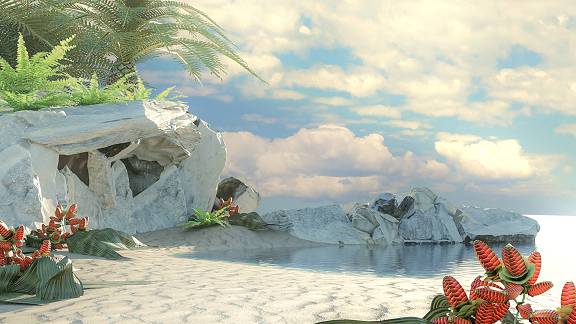
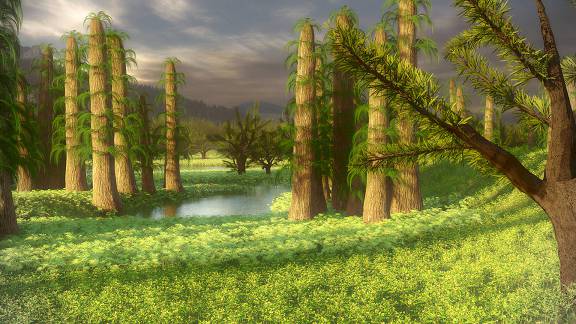

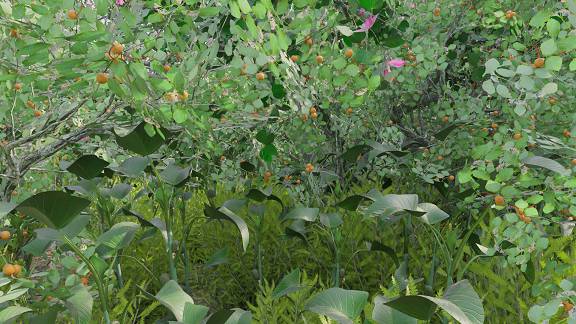
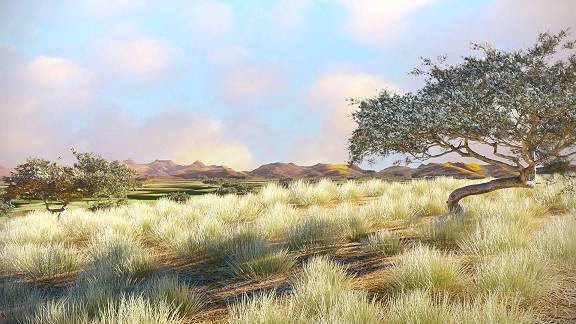
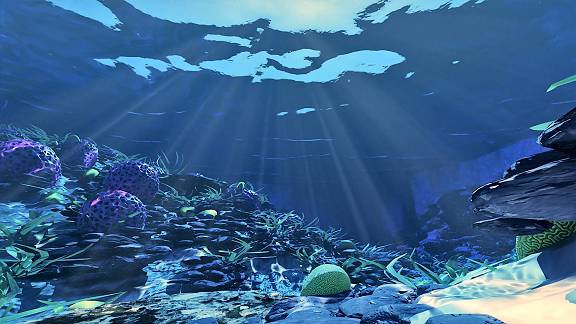
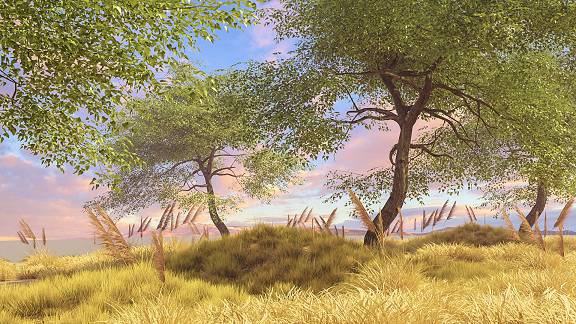
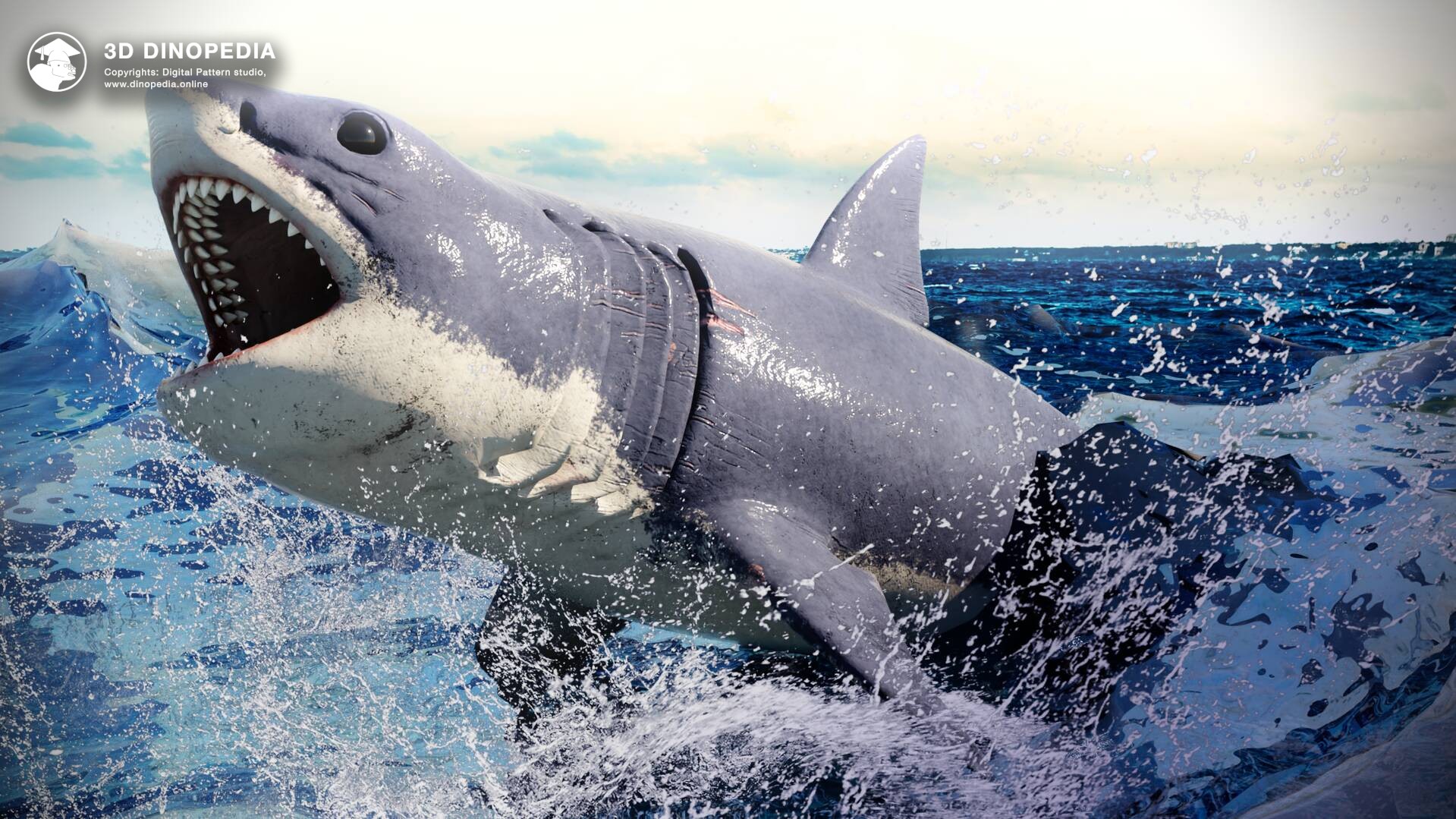
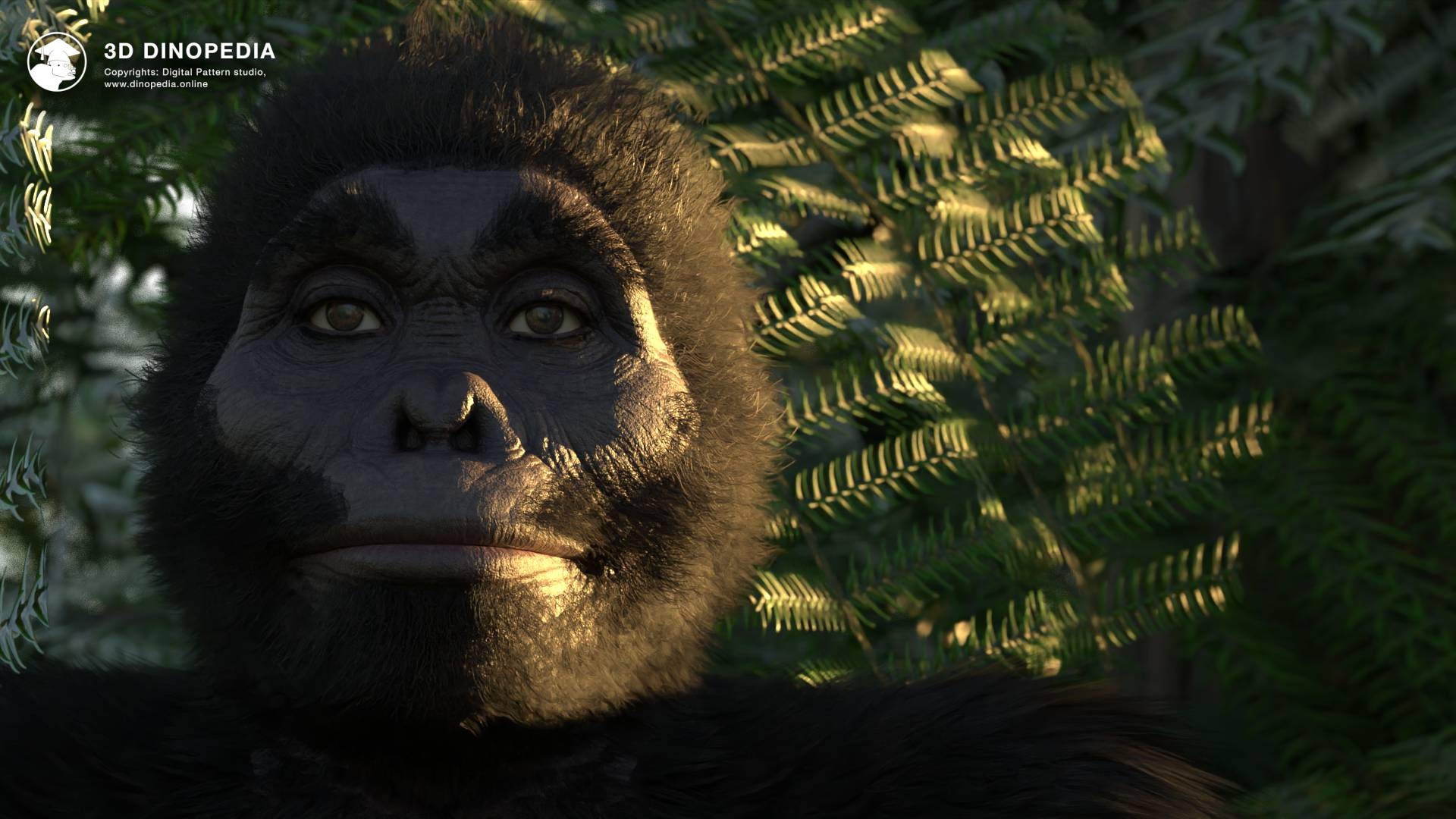
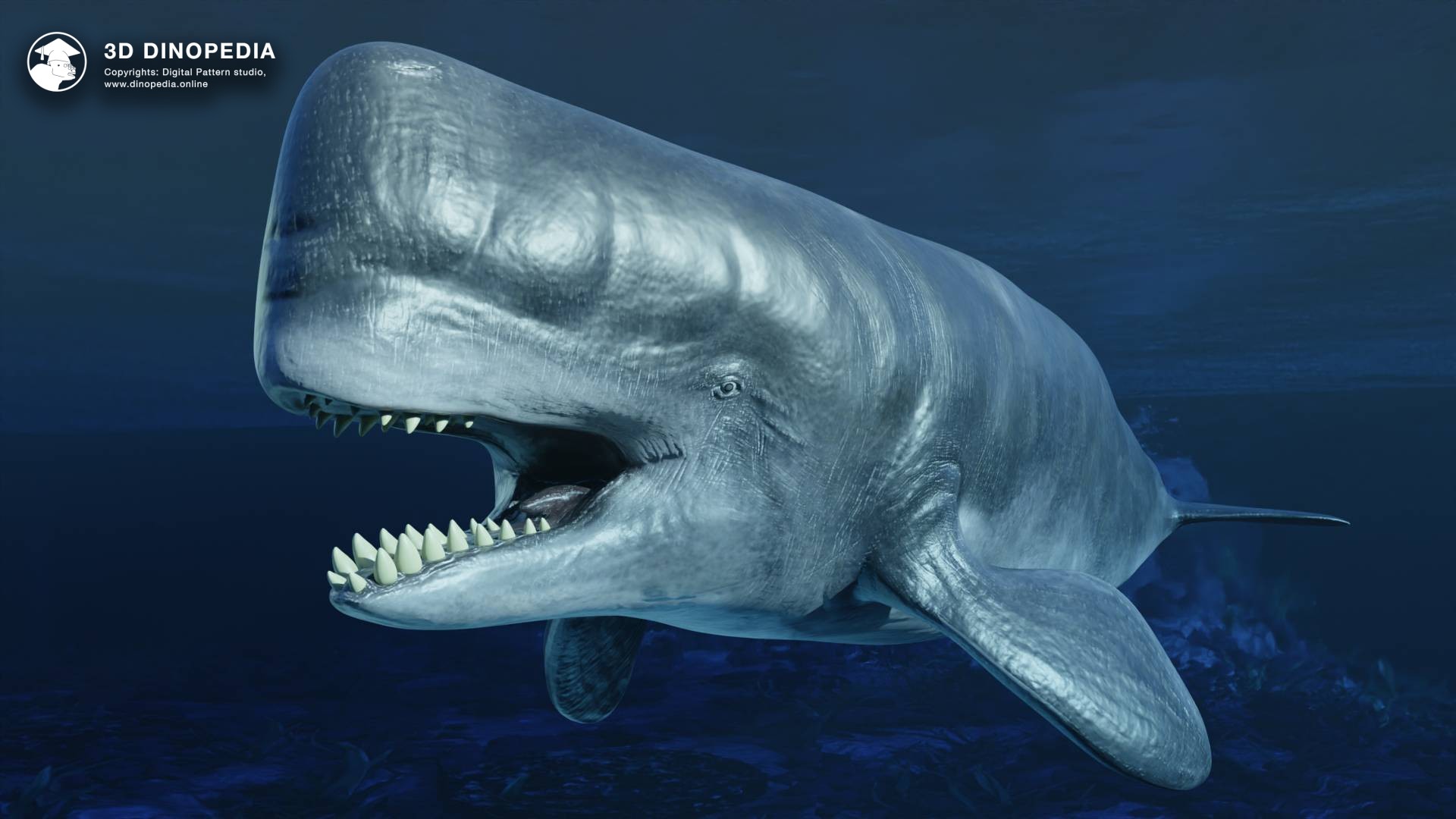
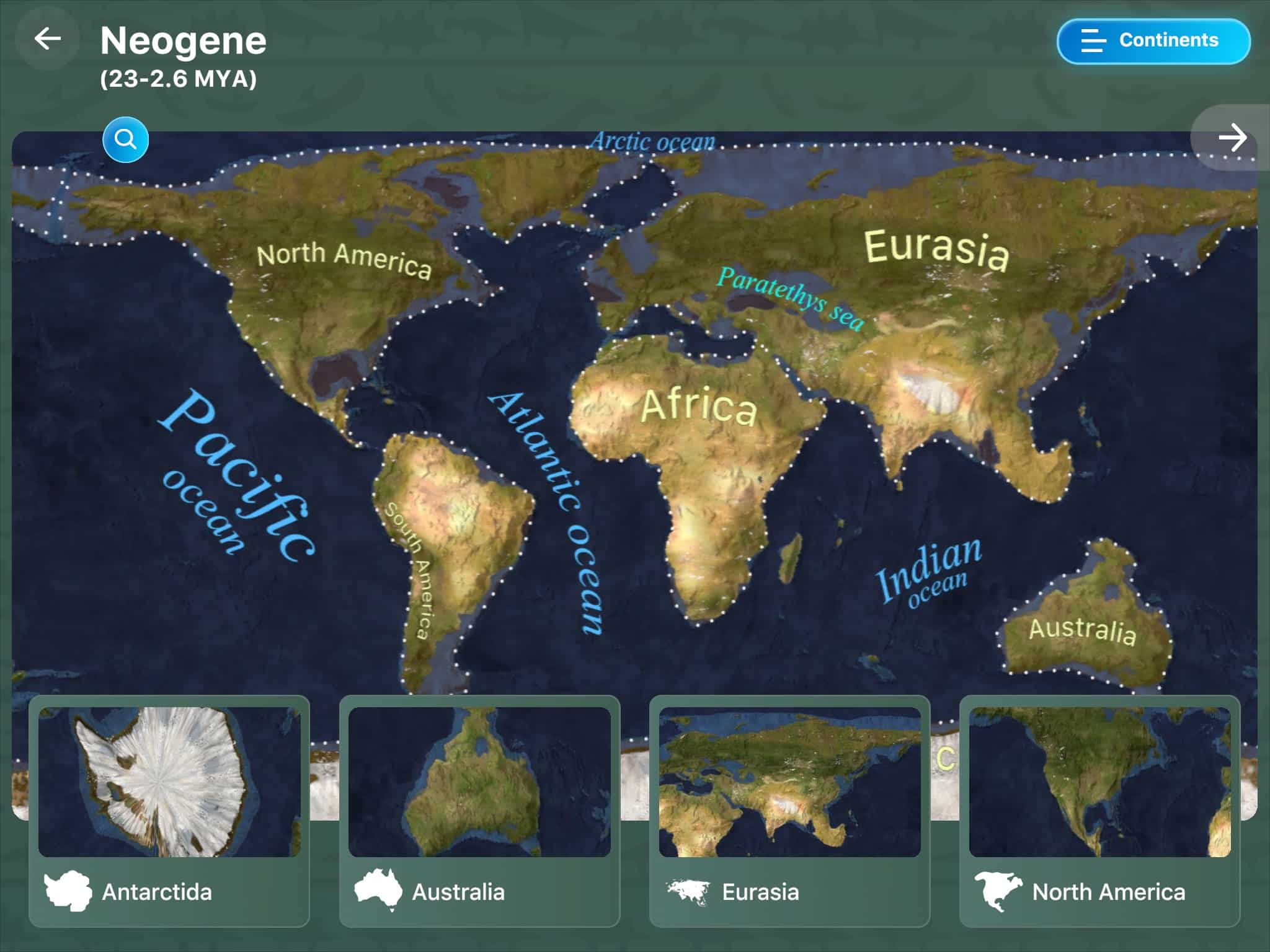

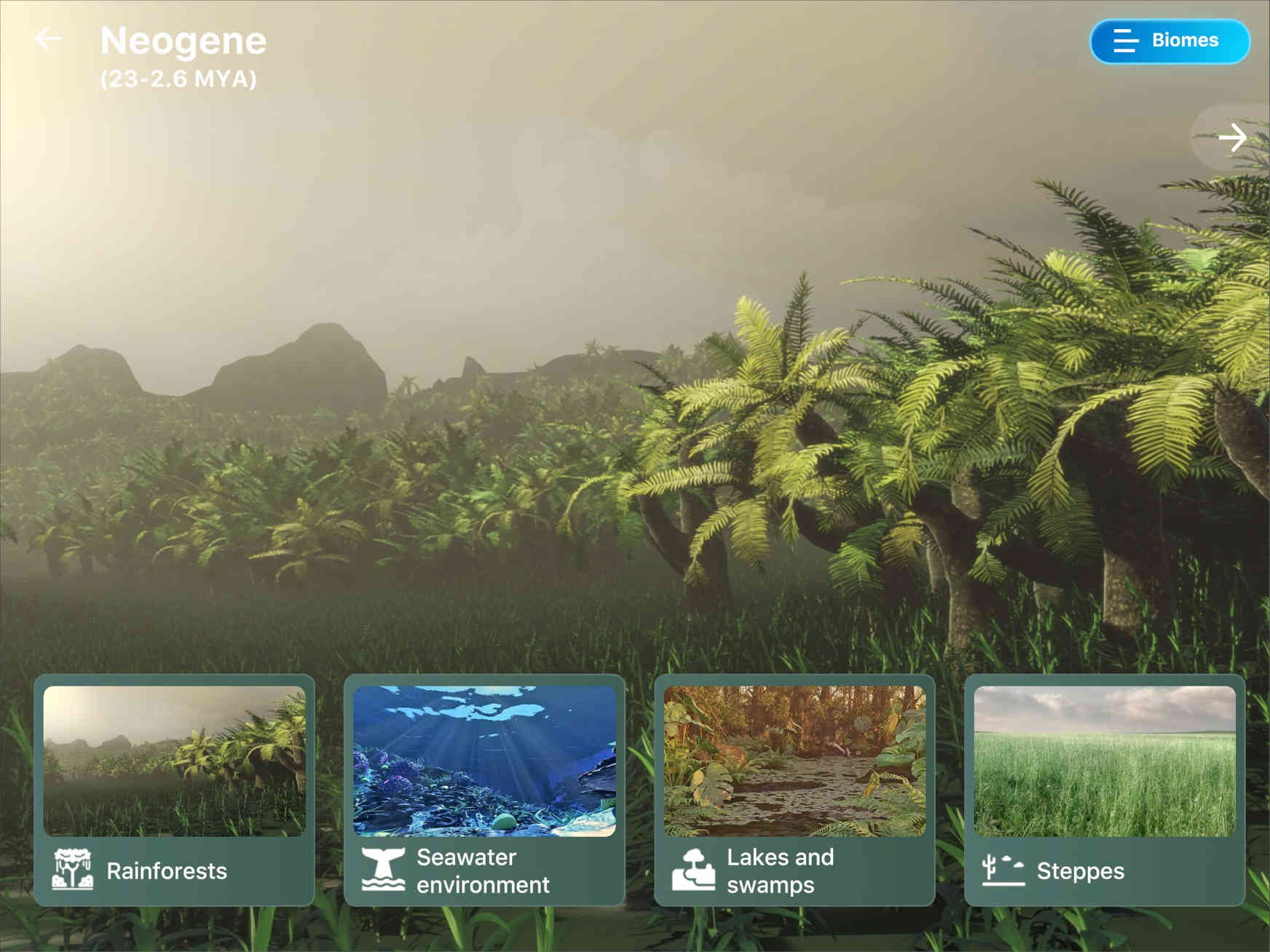
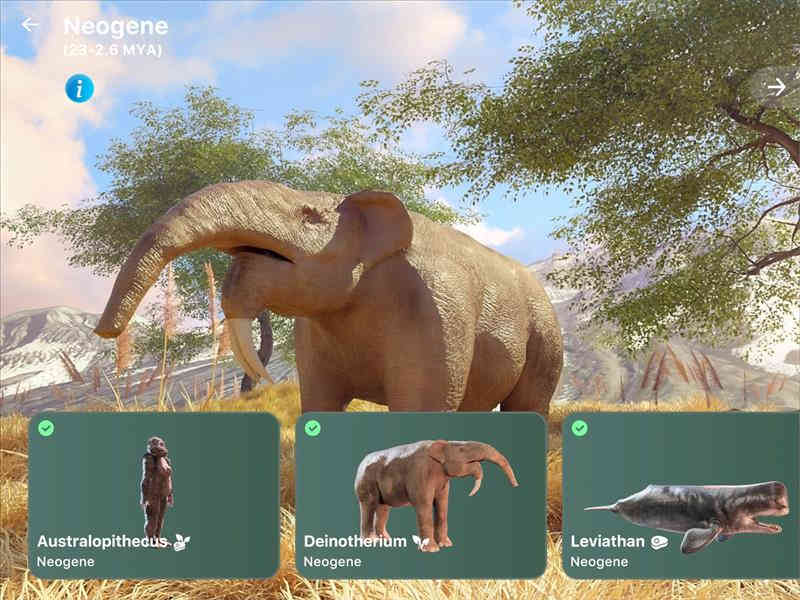





 CONTINENTS
CONTINENTS
 3D BIOMES
3D BIOMES
 FAUNA
FAUNA
 FLORA
FLORA
 EVENTS
EVENTS
 DISCOVERIES
DISCOVERIES
 GALLERY
GALLERY
 3D EARTH
3D EARTH

